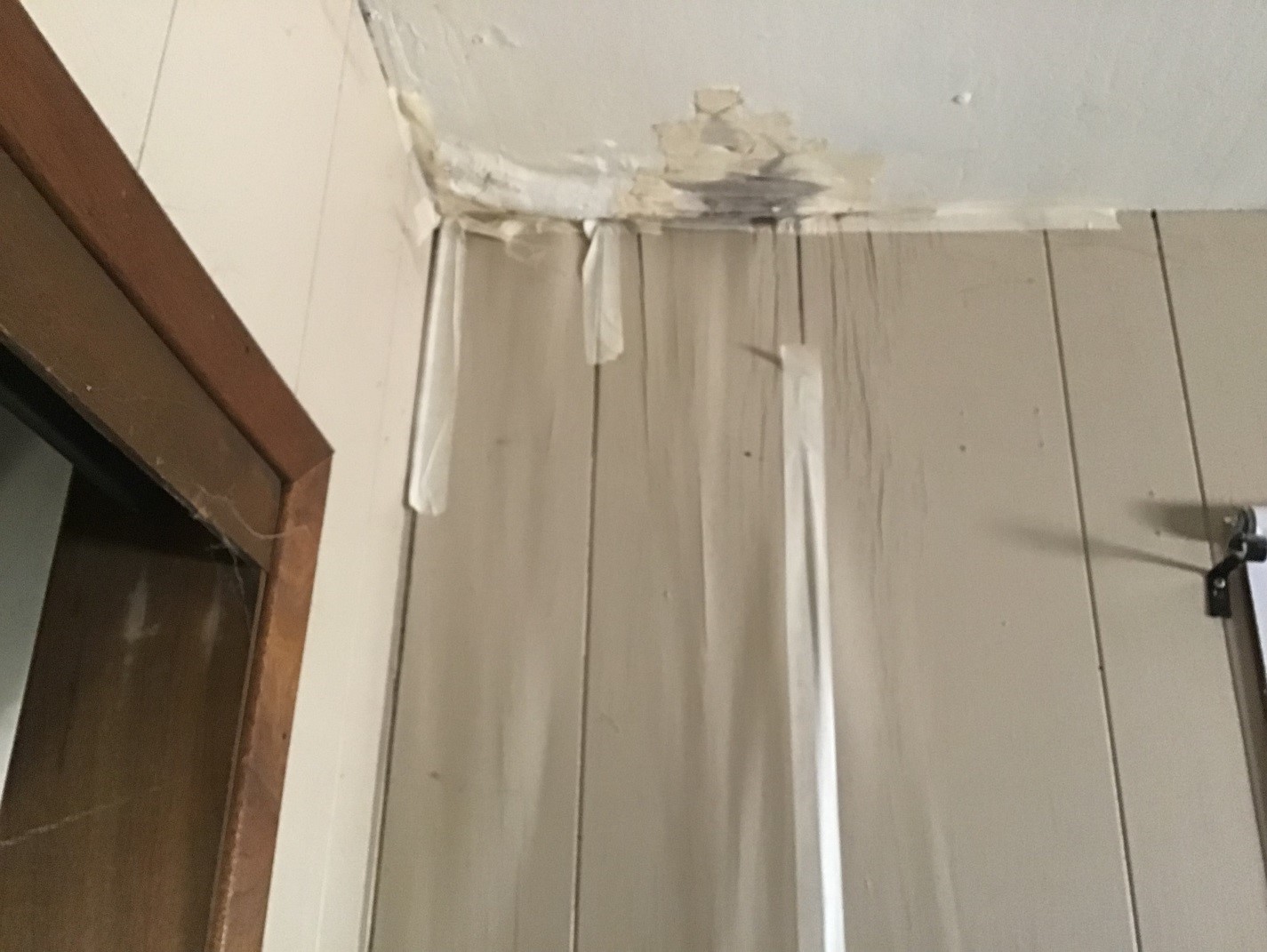
The Science of Water and Mold Damage
One of the biggest assumptions about water damage is “it will dry over time, everything will be fine”! This assumption is reasonable, as water does eventually evaporate.
But what if it gets soaked up too much, trapped and put on the train to travel the rest of your home? It’s not going to dry!
There are several reasons why contacting a professional water damage restoration specialist is essential as soon as you discover water damage. The longer water sits, the more damage occurs. Think of a cookie that has been dunked in milk too long. It falls apart and disintegrates. Water has the ability to move and travel through materials such as furniture, wood and drywall. Water damage that started in one room can go through the entire home!
Time Frames for Water Damage
After water has seeped onto the floor, leaked through the roof or flooded our basement, only an hour is needed for the water to start causing damage. If the drying process for each affected area begins immediately, the area should be dry within three days. However, proper drying may not happen and there are often times where water damage has occurred, but it is hidden. You may not notice the damage until you see discoloration, peeling paint, warped floors or…is that a musty smell?
Going from Water to Mold Damage
As long as the right conditions are met, mold damage will start to grow as a result from water damage within 24-48 hours. This is another reason why West Coast Fire & Water is available on a moment’s notice. We want to get to the damage before it takes over your home or business.
Mold needs food, oxygen, warm temperatures, darkness and moisture to grow. Some food sources include paper and anything carbon based. However, mold can also digest (that sounds so strange) synthetic materials such as paint and textiles. The ideal temperature for mold growth is above 40 degrees; most molds cannot grow in cold temperatures. If the humidity level is high in an area in your home, such as the laundry room or bathroom, this gives the mold spores moisture for growth.
Why does mold thrive in dark areas? It does not like sunlight. Unlike other plants, mold does not use light to generate energy. Instead, it uses organic matter. This does not mean an area that has access to sunlight will be a magic shield against mold. If other conditions are met in the right environment, those pesky little spores will continue to multiply. Spores are also able to travel well, just like water, which makes the potential for damage even greater!
When the two forces are combined, water and mold damage are incredibly destructive. However, regular reminders for home maintenance can be a great preventive tool. Install fans in high moisture areas, keep the humidity level low in your home with an air conditioner or dehumidifier, immediately dry water damaged areas and regularly inspect darker areas in your home. Mold likes to grow in closets and behind furniture that hasn’t been moved in months.
Don’t let mold grow on you, contact your local water and mold cleanup team, West Coast Fire & Water, to help with the mess!

